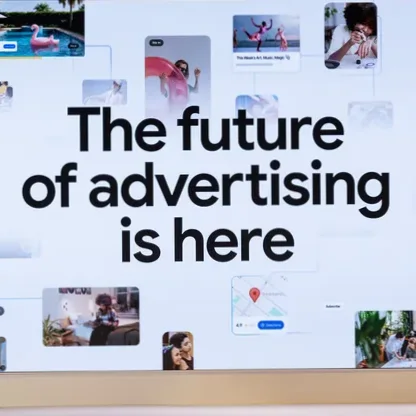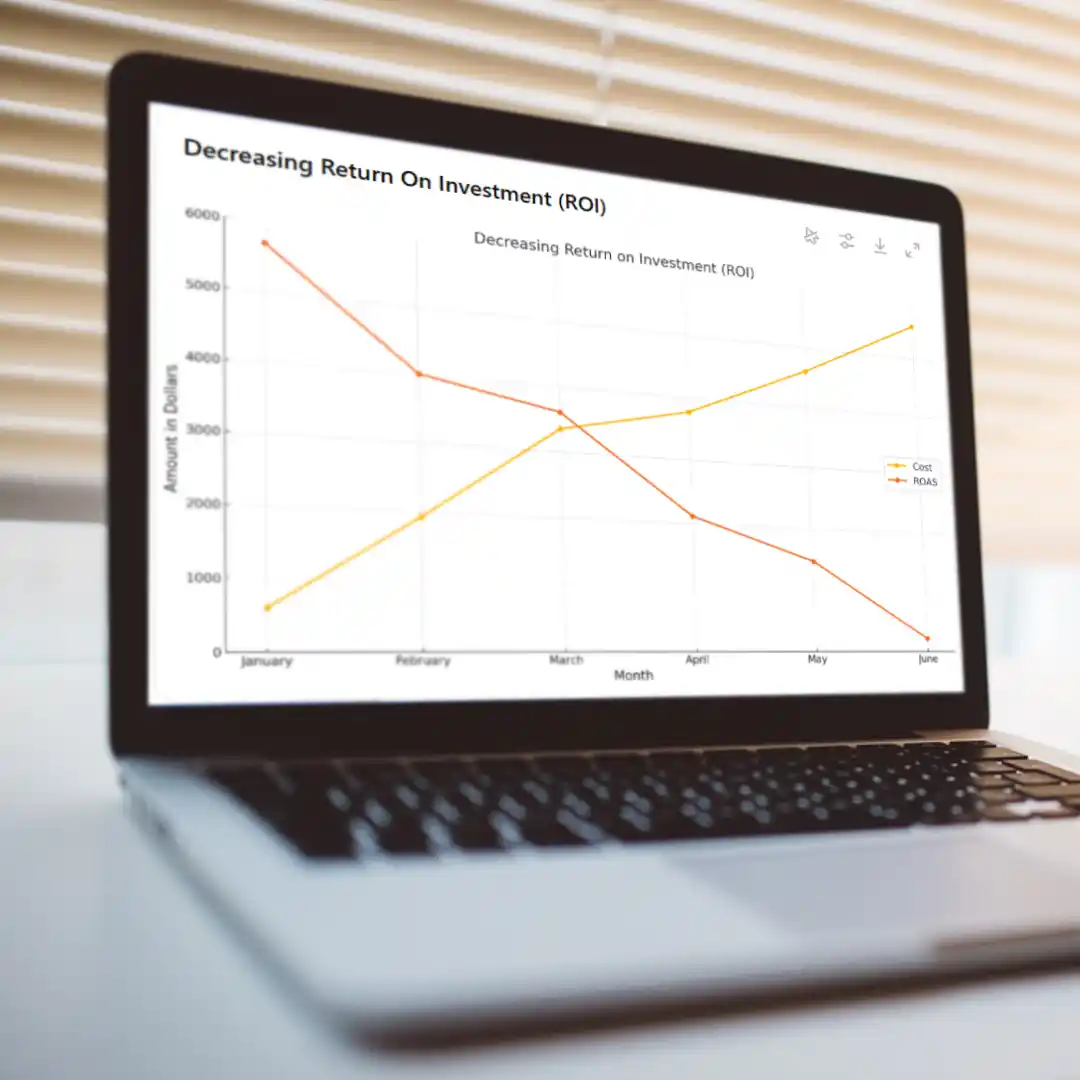Did you know that the average enterprise promotes content on between 14-16 different platforms? The most prevalent content marketing strategy seems to be this: put everything everywhere; the more content and platforms, the better.
How well you execute on your content marketing efforts can affect the results of both organic search and paid traffic. People want useful content, so offering something of value in exchange for contact information is a time-honored conversion and lead generation strategy. This article focuses on content marketing as it applies to both paid and organic campaigns.
There are dangers to the “spray and pray” approach that become more obvious the longer you examine it. Altering content (or writing new copy) for 15 platforms is a tremendous amount of work and could suck up all your marketing team’s time. Your business might intrinsically be poorly suited for a given platform (like, your video-focused company & ad approach is perfect for YouTube, but not Pinterest). Or, as is most common, your ads might simply flop time and time again on certain platforms, whether because the audience is in the wrong demographic, the ads aren’t suited to the format, the platform doesn’t provide great targeting, or for any number of other reasons.
This article won’t cover how to tell when you’ve got an issue with your online advertising — we’re assuming you’ve set up attribution and measurement and have a good sense of what’s not working. However, if you know you should be seeing a greater return than you’re getting, and you’re hoping adding another platform to the mix might cure what ails you, let this article be a brief pause for consideration before doing so.
Here are a couple tips for creating a tightly focused content marketing strategy.
Examine What Each Platform Does Best
You’re probably already aware that different advertising platforms are inhabited by vastly different users. Snapchat and TikTok are ideal for younger users, Reddit is great for targeting highly specific communities, and LinkedIn is best if you’re a B2B looking to connect with decision makers. Make sure you’ve considered what your business offers and identified your audience to a T before throwing money away on a site they aren’t visiting—or one that makes it impossible to target well (Facebook, for one, lost a great deal of their data collection capabilities in the wake of recent privacy regulations).
Take a Focused Approach to Ad Creation
It’s not enough to make rudimentary changes to ads or offers before slapping them on a wide variety of sites and apps. The content and design of your ads, and who you market them to, depend entirely on the goals of your campaign and its ongoing results.
Tailor your language to your platform as well as your audience. In general, Reddit users are more technical than those on Facebook. Be aware that sites like Pinterest and Instagram are all about images and your captions likely won’t even be looked at, so you’ll need good product photos and attractive design.
Is your goal that users will click to your site and purchase a product? Maybe you want them to download an info sheet or call a number for a consultation. If you’re looking to generate leads, is your desired audience people who are just beginning to have an awareness that they might need your product or service, or someone who is close to shelling out money but doesn’t know whom to give it to?
Consider where your audience is in the funnel. An advertisement intended to build awareness of your brand should look very different than one encouraging people to buy a specific product.
Pare Down Your Platforms
It might be the case that no amount of tweaking will make your campaign successful. If you suspect that might be the case, or if a given platform is simply not returning your time and financial investment, don’t hesitate to cut the cord and concentrate your advertising spend on the places it’s most useful.
As the adage goes, “Multitasking is the ability to screw everything up simultaneously.” Or, less pessimistically, “It is better to do a few things well than many things poorly.” In content marketing, taking a moment to regroup, strategize, and execute a targeted campaign will pay off far more than trying every available option and hoping something sticks.





